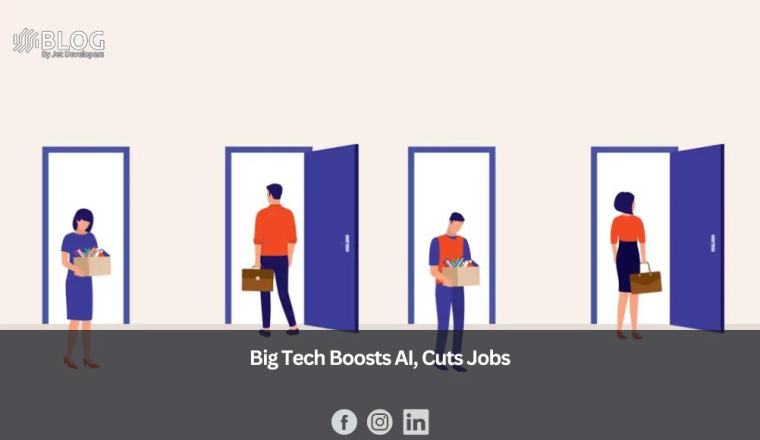Amazon Unveils AWS HealthScribe
Amazon has unveiled a new platform called AWS HealthScribe at its annual AWS Summit conference in New York. This platform offers AI tools to assist clinicians in transcribing and analyzing their conversations with patients. The goal is to create transcripts, extract important details, and generate summaries from doctor-patient discussions, which can then be incorporated into electronic health record (EHR) systems.
AWS HealthScribe’s machine learning models can convert these transcripts into patient notes, making it easier for healthcare professionals to document their interactions with patients. This, in turn, can provide valuable insights for analysis and improve the consultation experience.
The platform uses generative AI, specifically powered by Amazon’s platform called Bedrock. While generative AI can have biases and inaccuracies, HealthScribe aims to address potential mistakes by limiting its capabilities to two medical specialties for now: general medicine and orthopedics. Additionally, clinicians have the opportunity to review and finalize notes before they are added to the EHR.
One concern with automated speech recognition programs is their ability to handle diverse accents and vernaculars. HealthScribe’s effectiveness in this area remains to be seen. However, Amazon highlights its focus on security and privacy aspects. The platform does not retain customer data after processing requests, encrypts data during transit and storage, and does not use the inputs and outputs to train its AI models.
HealthScribe is “HIPAA eligible,” meaning it can be made compliant with HIPAA requirements, the U.S. law safeguarding personal health information. Healthcare software providers who work with Amazon can achieve compliance by signing a business associate addendum.
In addition to HealthScribe, Amazon also introduced AWS HealthImaging, a service designed for storing, transforming, and analyzing medical imaging data at a large scale. This service enables dynamic pricing for data storage, potentially reducing the total cost of ownership for medical imaging storage by up to 40%.
Currently, several companies, including 3M Health Information Systems, Babylon Health, and ScribeEMR, are already using HealthScribe to streamline their healthcare processes. HealthImaging is available in various AWS regions, aiming to enhance medical imaging management for healthcare organizations.







